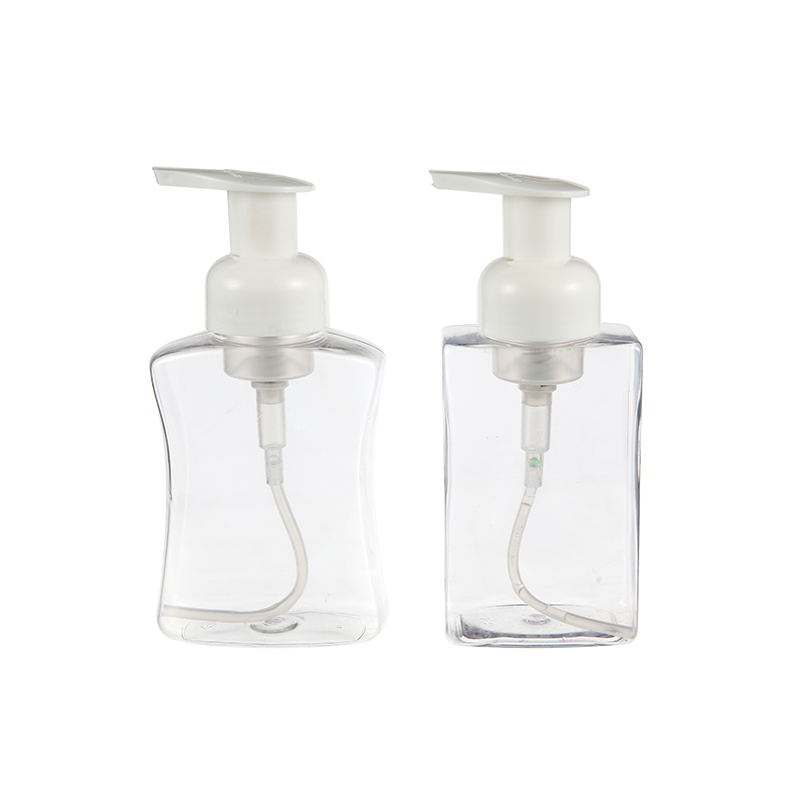If you're considering buying a foam pump press bottle, there are a few things to keep in mind before buying one. Firstly, make sure the pump's liquid isn't overfilled. You don't want any soapy residues stuck in the pump's mechanism. Make sure you flush the foaming pump with fresh water after using it, too. This is because residual liquid in the pump can clog it and cause it to stop working properly.
Next, you should make sure the pump/bottle design is re-fillable. Although some pumps are made for liquids with the consistency of water they are not designed for liquids with a higher consistency. Using thick liquid soap could result in clogging and sticking of the pump, making it more likely to break down and cause problems in the future. To avoid this, you should use a liquid soap that's about the consistency of water.
If you're looking for a soap dispenser that's perfect for the bathroom, look no further than a foam pump press bottle. Refillable plastic foaming soap dispensers are a great option for private label soaps. Featuring an 8.5-ounce plastic bottle and a white pump head, these bottles are safe for use with a variety of products. They're made of BPA-free plastic, PET or PP and are available in sets of four. Each bottle has a 1.5-inch label section for labeling.


There are a number of ways to make a pump bottle. From old bottles, tape, and labels, you can transform these items into a dispenser for your favorite liquid. Make your own pump bottle to make your own hand sanitizer, liquid soap, or lotion! These recycled bottles will help you save money and make cleaning a breeze! Read on for some easy, homemade pump bottle instructions! You can also buy a refillable pump bottle, if you prefer.
Peanut butter is an obvious example of a product that could benefit from a pump. You could retrofit a 40-ounce jar with one. It could work for other types of products as well, including ice cream and sauces. Creating a pump bottle for a jar is a great way to cut down on the amount of product wasted. There are many applications for this product, so you should think about incorporating it into your design.
To create a pump bottle, you first need to find a container that holds liquid. One of the easiest ways to do this is by using castile soap. Castile soap works best with a foaming pump. Its mesh screen allows air to enter, but it can be clogged easily. Avoid adding thickeners, micas, or glitter to your container, as these can cause the foaming mechanism to fail. Also, don't forget to install a gasket on the bottle.
The first advantage of an airless pump bottle is that it has a non-pressurized chamber. Its diaphragm contains a small plastic piston that moves upward when the pump is depressed. When the pump is depressed, this piston pushes the product up toward the dispenser from the base. It also fills in the air gap left by traditional pumps. Airless pumps are quickly becoming an integral part of the cosmetics industry. According to leading industry analysts, the airless market will reach $39 billion by 2023.

 简体中文
简体中文 English
English русский
русский








